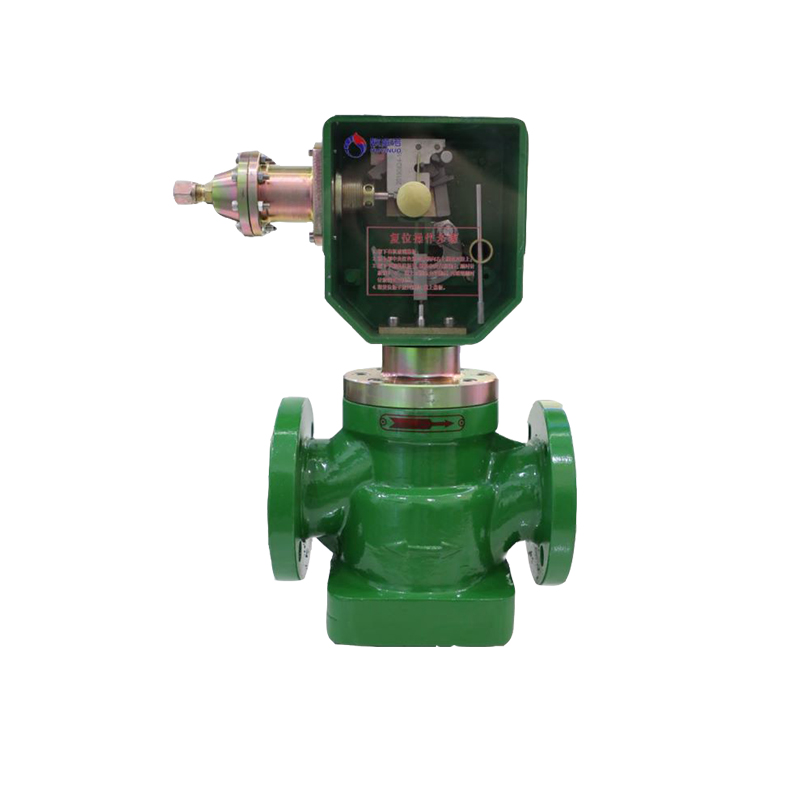
8 月 . 21, 2024 17:20
Back to list
Understanding the Functionality of Gas Measurement Devices and Their Applications
Understanding the Importance of Gas Measuring Devices
Gas measuring devices, also known as gas analyzers or gas detectors, play a critical role in various industrial and environmental applications. These devices are designed to detect the presence and concentration of specific gases in the atmosphere, ensuring safety, efficiency, and compliance with regulations. By understanding the significance of gas measuring devices, we can appreciate their impact on workplace safety, environmental protection, and technological innovation.
Safety in Industrial Settings
One of the primary functions of gas measuring devices is to enhance safety in industrial environments. Many workplaces, such as factories, oil refineries, and chemical plants, deal with hazardous gases that can pose serious risks to workers. For instance, flammable gases like methane or propane can lead to explosions if not properly monitored. Toxic gases such as carbon monoxide or hydrogen sulfide can cause severe health issues or even fatalities if exposure levels exceed safe limits.
Gas detectors continuously monitor the air for harmful gas concentrations and provide real-time alerts to personnel. This allows for quick responses to potential hazards, enabling evacuation or remedial actions before a situation escalates. Moreover, the presence of gas measuring devices often helps companies comply with occupational health and safety regulations, thereby protecting both employees and the organization from legal repercussions.
.
In addition to safeguarding workers, gas measuring devices play a crucial role in environmental monitoring. Many industries are subject to strict emissions regulations to protect the environment from pollutants. Devices capable of measuring greenhouse gases, nitrogen oxides, sulfur oxides, and volatile organic compounds are essential for ensuring compliance with these regulations.
جهاز التغويز

By continuously monitoring emissions, companies can identify leaks or inefficiencies in their processes, allowing them to take corrective actions before significant harm occurs. Furthermore, accurate emissions data is vital for reporting and verification purposes, contributing to broader efforts in combatting climate change. Gas measuring devices help hold industries accountable for their environmental impact and promote sustainable practices.
Technological Advancements
The field of gas measuring technology has seen significant advancements in recent years, improving accuracy, portability, and ease of use. Traditional gas detectors often relied on fixed installations, which limited their versatility. However, modern devices are increasingly portable and can be utilized in various settings, from confined spaces to outdoor environments. This mobility allows for more comprehensive monitoring, providing data that can drive informed decision-making.
Additionally, advancements in sensors and data analysis technologies have enhanced the performance of gas measuring devices. Many modern devices use advanced algorithms and machine learning techniques to improve detection capabilities, reduce false alarms, and provide more detailed insights into gas concentrations over time. These developments not only improve safety outcomes but also support industries in optimizing their operations and reducing costs.
Conclusion
Gas measuring devices are indispensable tools across various sectors, contributing significantly to workplace safety, environmental protection, and technological innovation. By detecting hazardous gases and monitoring emissions, these devices help safeguard workers and the environment while ensuring compliance with regulations. As technology continues to evolve, the capabilities of gas detectors will likely expand, providing even more robust solutions for ensuring safety and sustainability. In a world where safety and environmental stewardship are of paramount importance, the role of gas measuring devices will only grow in significance.
Latest news
-
Unlocking The Quality Gas Pressure ReducersNewsNov.01,2024
-
The Role of Gas Pressure Reducing StationsNewsNov.01,2024
-
The Importance and Functionality of Safety Relief ValvesNewsNov.01,2024
-
The Essential Role of Safety Valves in Natural Gas ApplicationsNewsNov.01,2024
-
The Essential Role of Gas Pressure RegulatorsNewsNov.01,2024
-
Enhance Your Premium Gas FiltersNewsNov.01,2024

